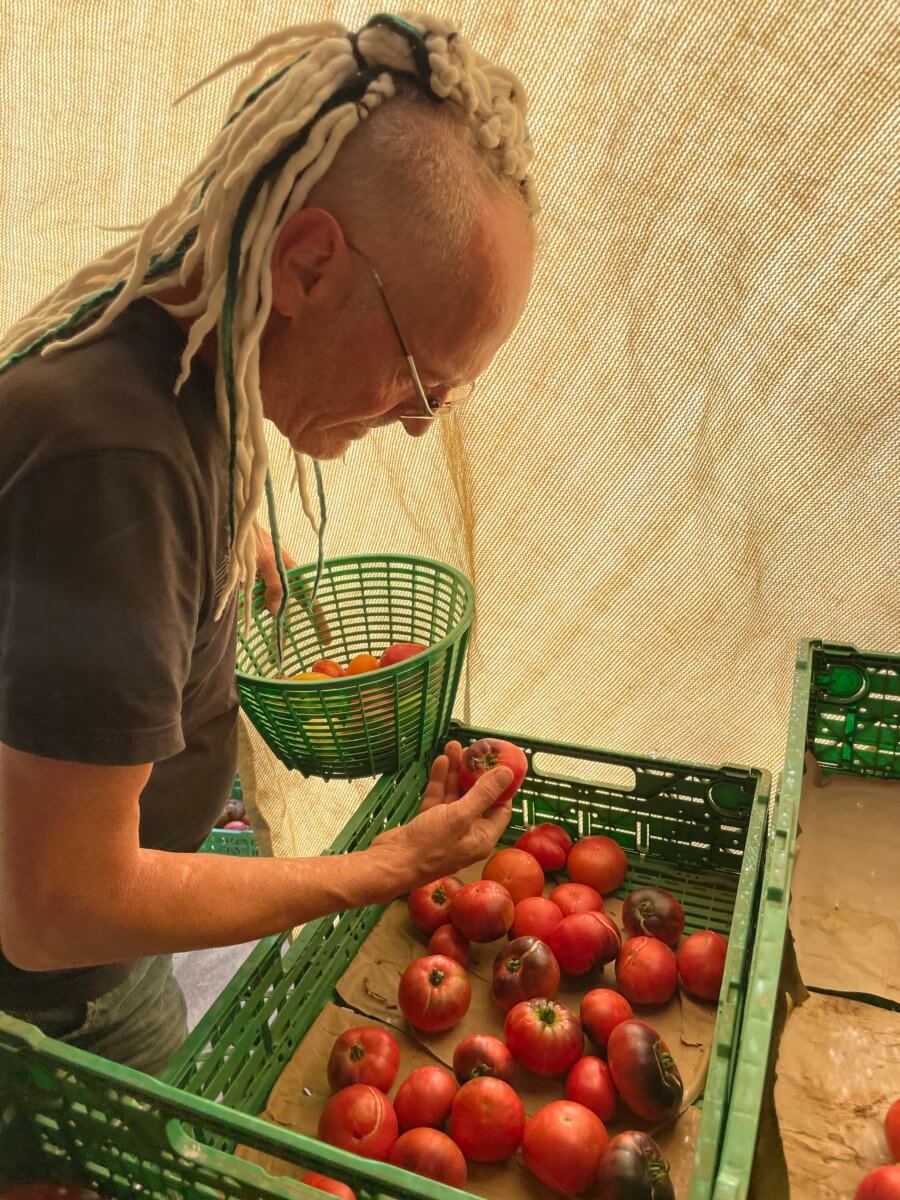A small, uneven fungus that packs such an aromatic punch and is considered globally as a prized, luxury ingredient. Ever wondered how truffles grow and where you can find them? Luxeat recently spent some time exploring the north west of Italy and sat down with a truffle-hunting family with a legacy of four generations behind them, harvesting this rare and unique product.
Bruno Cayron and his Vegetable Kingdom
Bruno Cayron has vegetables in his veins. As a young graphic designer in Paris, it was his ecological convictions that saw him return to his birthplace to create one of the most diverse market gardens in France, completely organic and in harmony with the clay-soil and climate of the region best-known for wine production.
His passion for nature, fruits and vegetables, led him to settle in Tourves in the Var, his birth department, to take on a challenge of cultivating the atypical terroir, a hard, stony ground, not usually though suitable for market gardening. Yet over time this unique terrier and approach became a strength, even his signature. Cayron has created a new language of shapes, colours and flavours. In total, 4 hectares of cultivation in the open field, including 5,000 m² of cold greenhouses, to the delight of some of the most famous chefs and Michelin star restaurants in France. His speciality? Diversity.
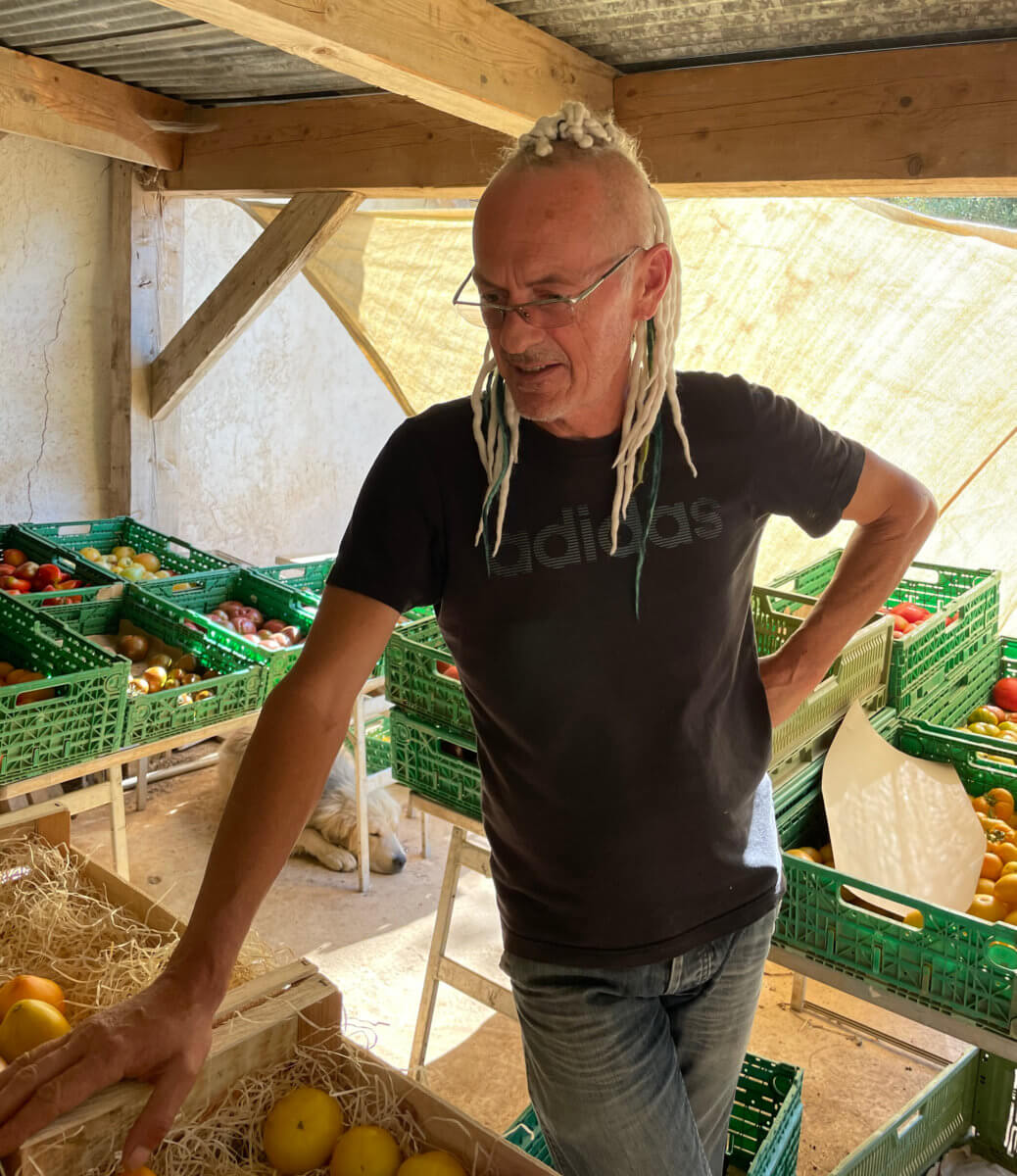
Why did you decide to go into agriculture?
I choose to become an organic vegetable producer because I’ve always been an environmental activist. Disappointed by political rhetoric that was going nowhere, I wanted to make a positive change. I decided to grow my own vegetables when I was 35 years old. I’ve been doing this job for 18 years.
Can you share your views on agriculture?
It’s important to limit damage and bring back biodiversity. I bought land in the middle of the forest, in La Provence Verte [an area in the Var and Provence-Alpes-Côte d’Azur regions, France]. And then, I wondered how I could make a living from it. It was very hard for many years, especially during the pandemic (because our main clients were restaurants). This year, we have to deal with cultivation. Every three years, there are contingencies (things that can happen, like extreme weather, pandemics, inflation, etc …) which puts us in the red. There’s always going be something that makes business hard and now I realise that my job is to deal with these problems.
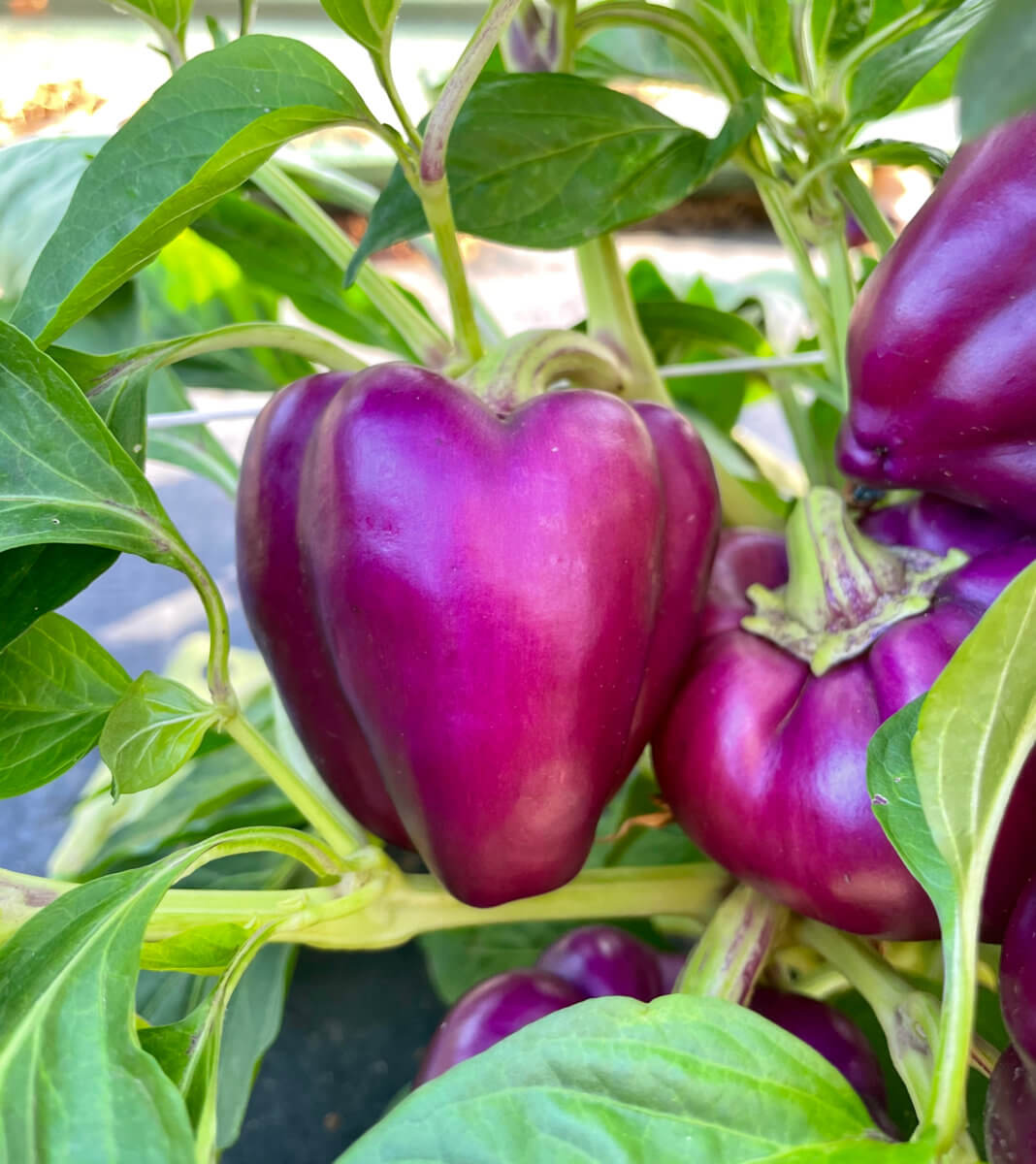
Could you describe your garden for someone who has never seen it?
It’s a cultivation located on the edge of the forest, in La Provence Verte. The ground is full of clay surrounded by vineyards which makes it very suitable for viticulture but not for market gardening. We are at 400 metres altitude. The temperatures are very low during the winter season but very high during summer. It doesn’t rain often but when it does, it doesn’t stop. We cultivate more than 250 vegetable varieties.
That’s a lot! What types of vegetables and fruit do you grow? I don’t expect you to tell me all of them (because it’s too much) but maybe 10?
Our specialty is tomatoes during summer because we live in the South of France. For example, we produce 40 types of tomatoes, 8 types of aubergines, 15 types of peppers, 10 types of courgettes. And that’s the same with winter vegetables: 20 types of radishes, 3 types of beetroots, etc … If a client wants to focus on one particular vegetable, we can give them many types.
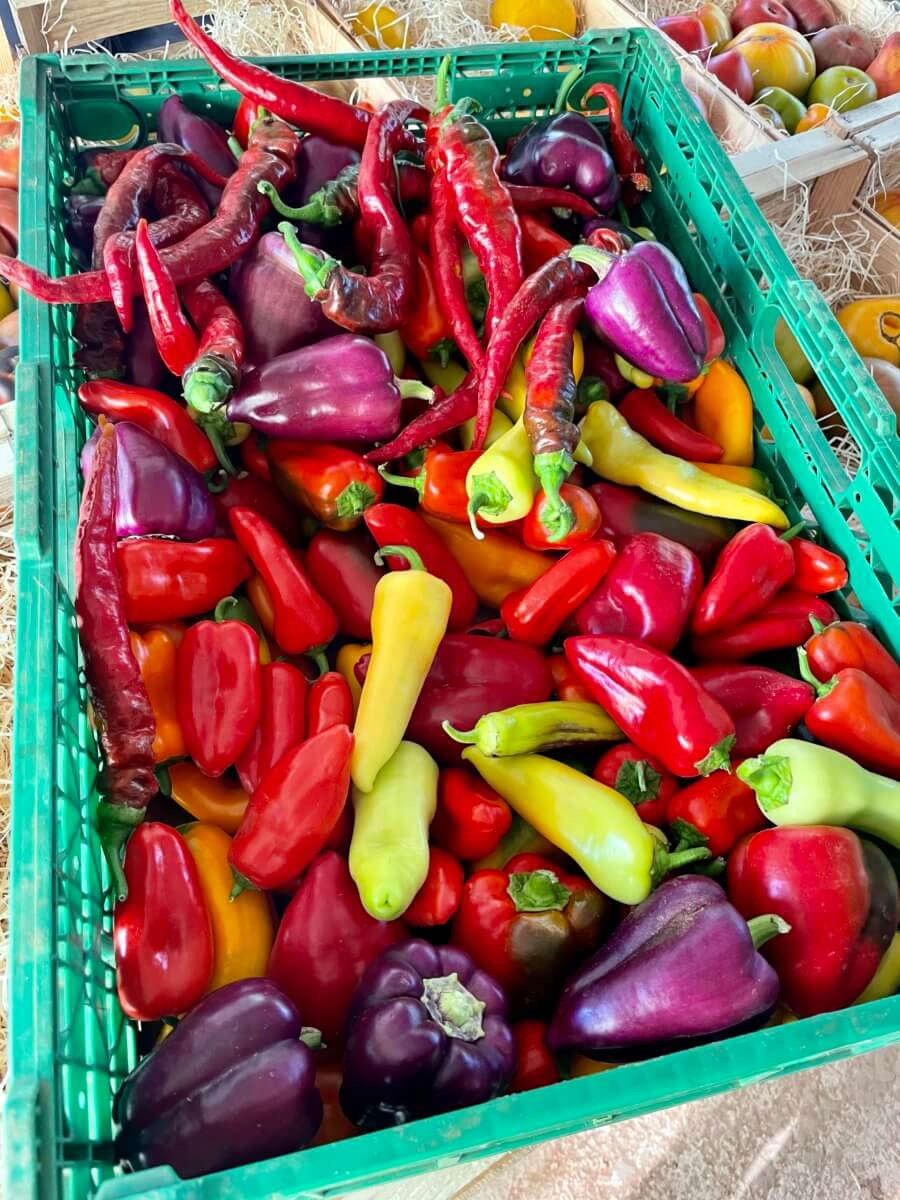
That’s what impressed me when I first came to visit your land a year ago. I remember the incredible shapes, smells and the taste of the peppers. I feel like there aren’t many market gardeners like you who focus on the variety of their vegetables.
True, and it’s mostly because of the cost: it requires a lot of labour, a lot of space … This year is difficult because we are lacking labour. Which is why I’m wondering if we should reduce the variety.
Yes, I understand. So, the other problem (in addition to the lack of workforce) is climate change. Over the last 18 years of work, have you noticed the consequences of climate change on your land?
Every year is different but we noticed that the temperatures were higher than usual in summer. We also noticed that it was warmer in February whereas it’s supposed to be the coldest month of the year. Because of it, the blooming season comes earlier and we lose a lot of fruit during the frost. It’s been 4 years since we had fruit. Hail is also very problematic.
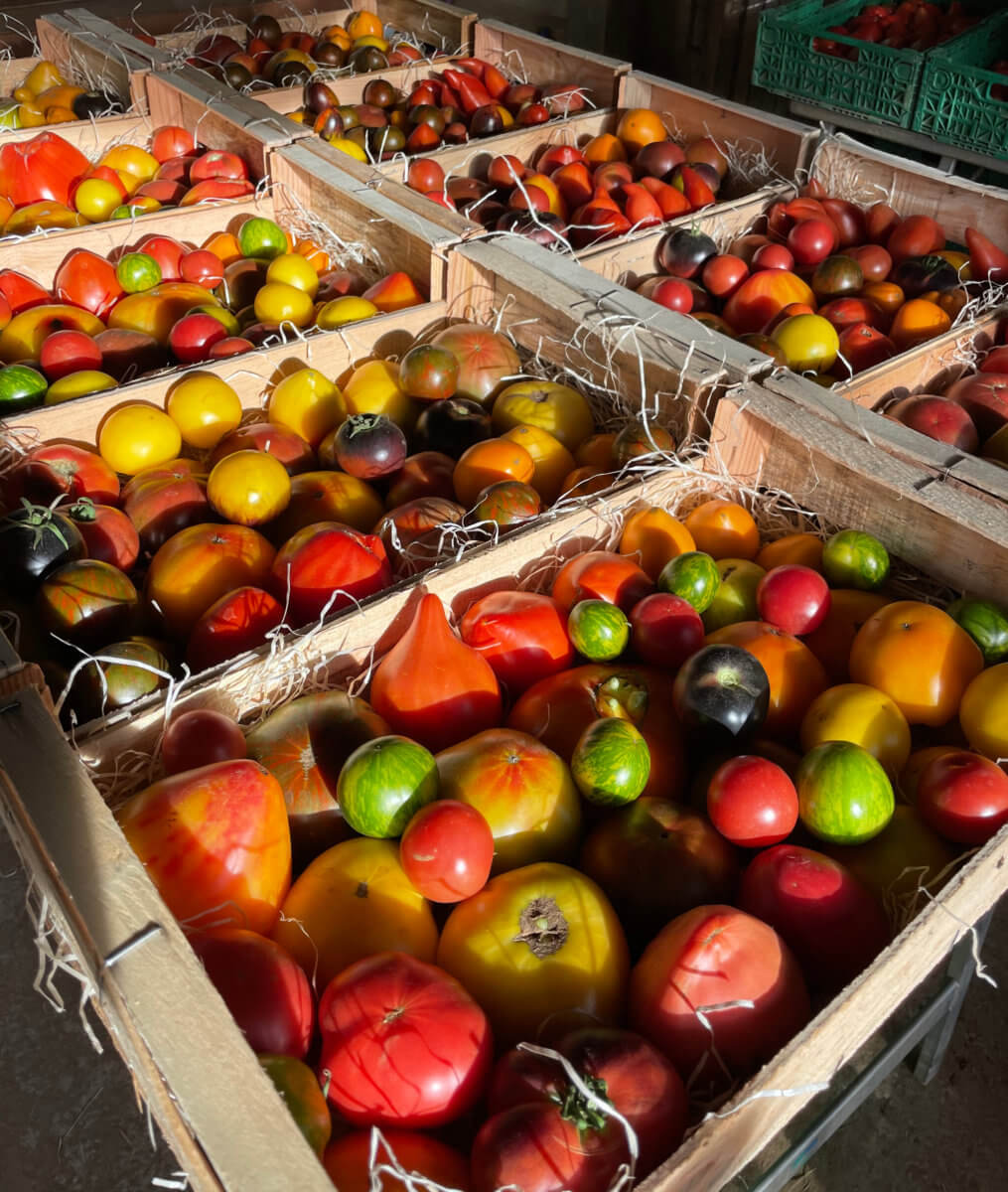
All of it is caused by climate change. Even in Spain, there are lots of storms nowadays. (In August)
For now, there’s no hail here so we’re very lucky compared to others.
What’s your favourite season?
I’d say spring because it’s a new beginning, temperatures are perfect, we don’t lose too much time picking tomatoes.
Can you tell us what’s growing in your land right now?
It’s still summer so: courgettes, aubergines, peppers, some tomatoes (but not many because of the weather we had this year). Most of the time, we cultivate tomatoes until September but not this year. We’re maintaining the new cultivations by weeding a lot in order to grow carrots, radishes, turnips, cabbage, lettuce, fennel, etc.
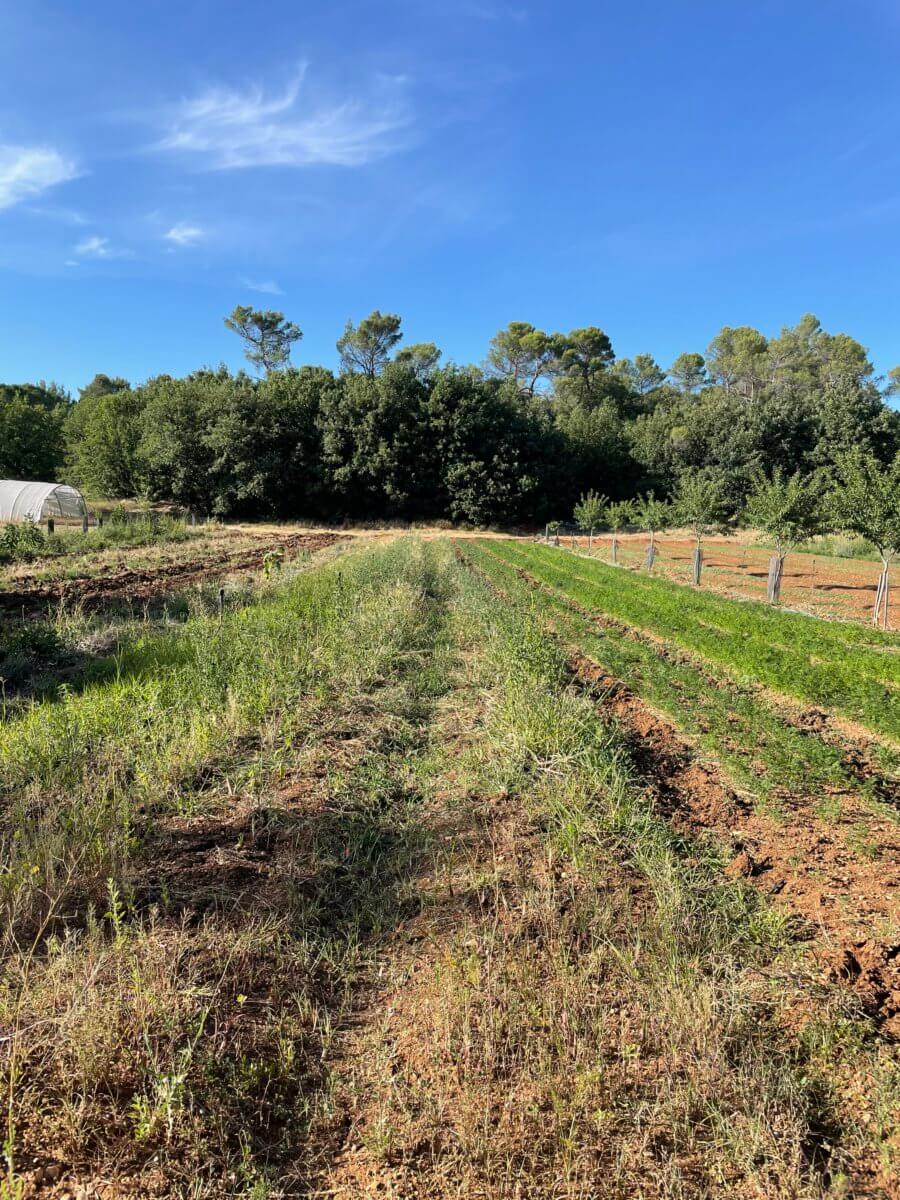
What is it like working with the best chefs?
It depends on the chef. For example, we send whatever we like to Bruno (from two-starred Michelin restaurant: Table Bruno Verjus). We work with Gerald Passedat and Christophe Bacquié who own three-star restaurants. They want vegetables that can last and stay on the menu for a long time. It’s easy with cucumbers, courgettes and peppers but not with peas which only last three weeks. Most of the time, our clients are very satisfied with the quality of our vegetables.
How do you transport your produce?
We can only deliver twice a week. Even if our clients asked for more, we simply can’t because of logistics and the price of transportation. Besides, we can’t always trust Chronofresh to deliver. Those are the kinds of costs you weigh up if you want quality.
How do you see the future?
To be honest, I’m pessimistic and I’m afraid for farmers. I even wonder if I should change my job, do something else.
I hope it won’t come to this, I hope the future will be better than we imagine.
I don’t think all summers are gonna be hard because of extreme temperatures. Let’s face it: it will be the new normal.
